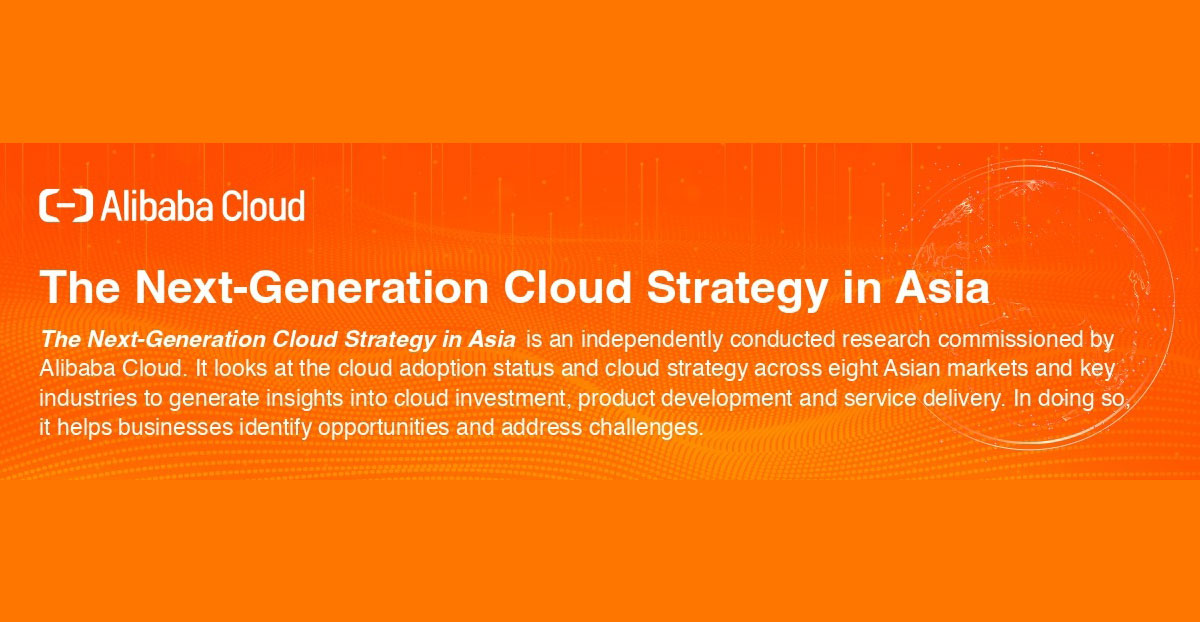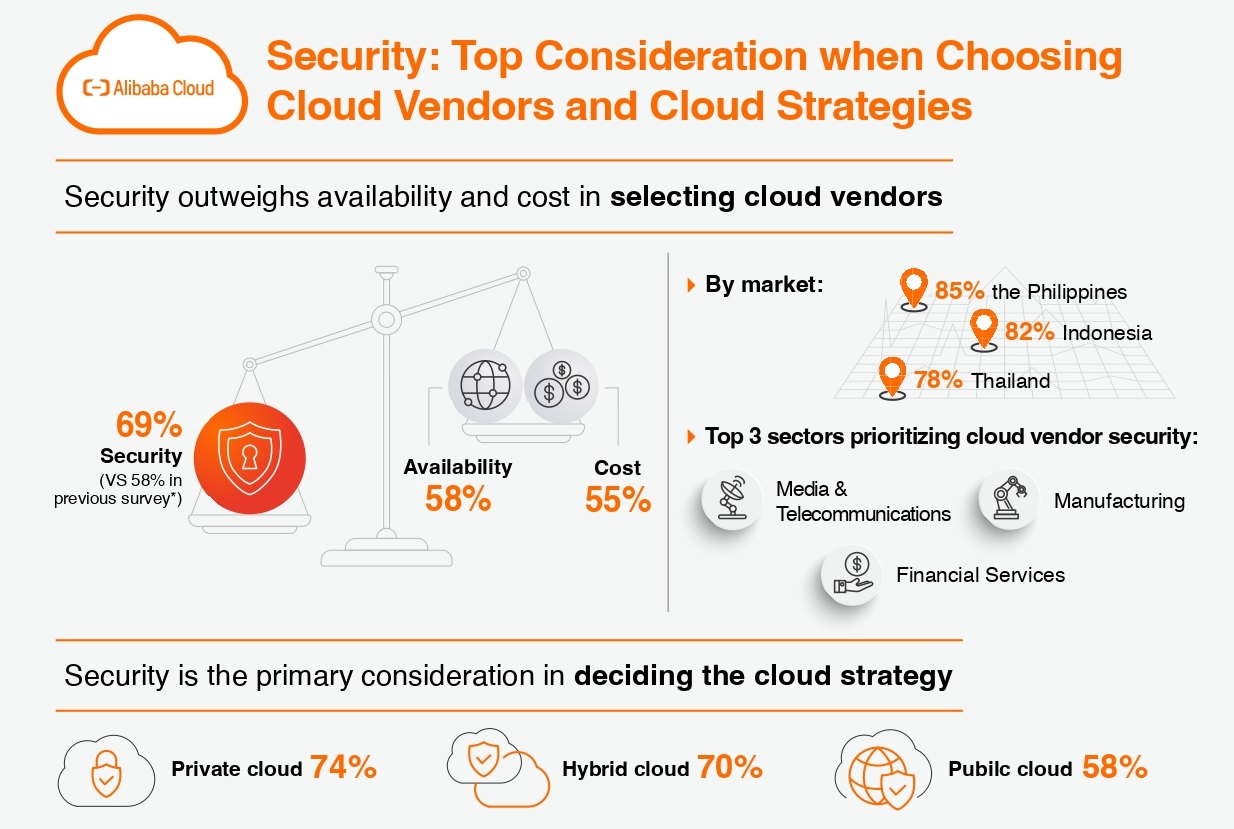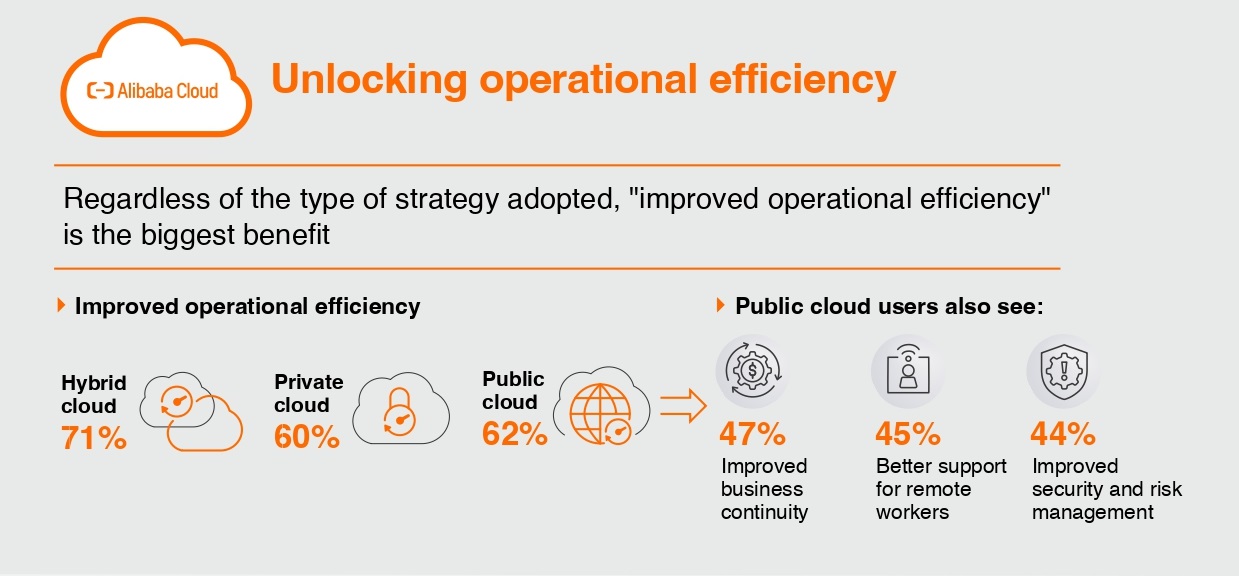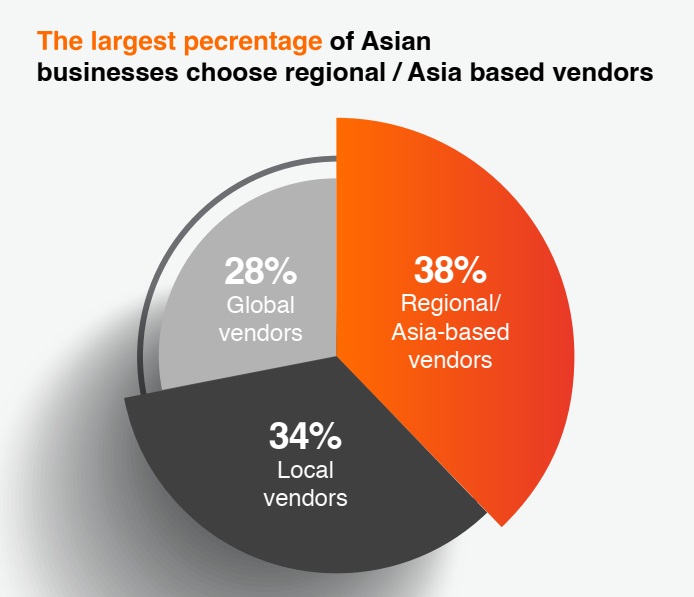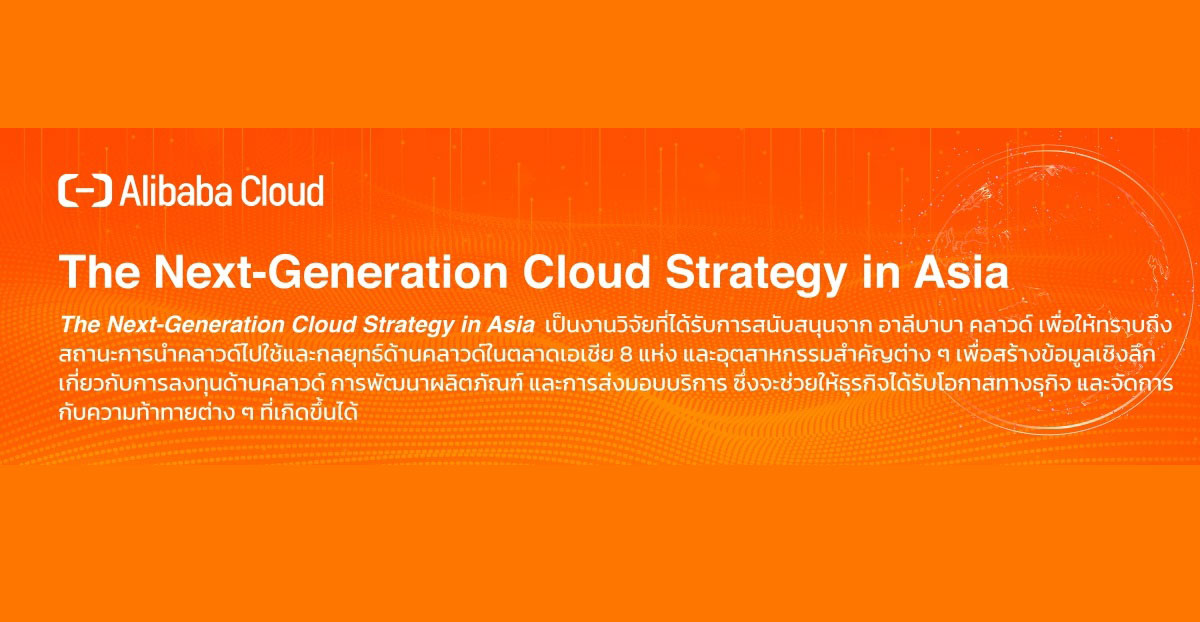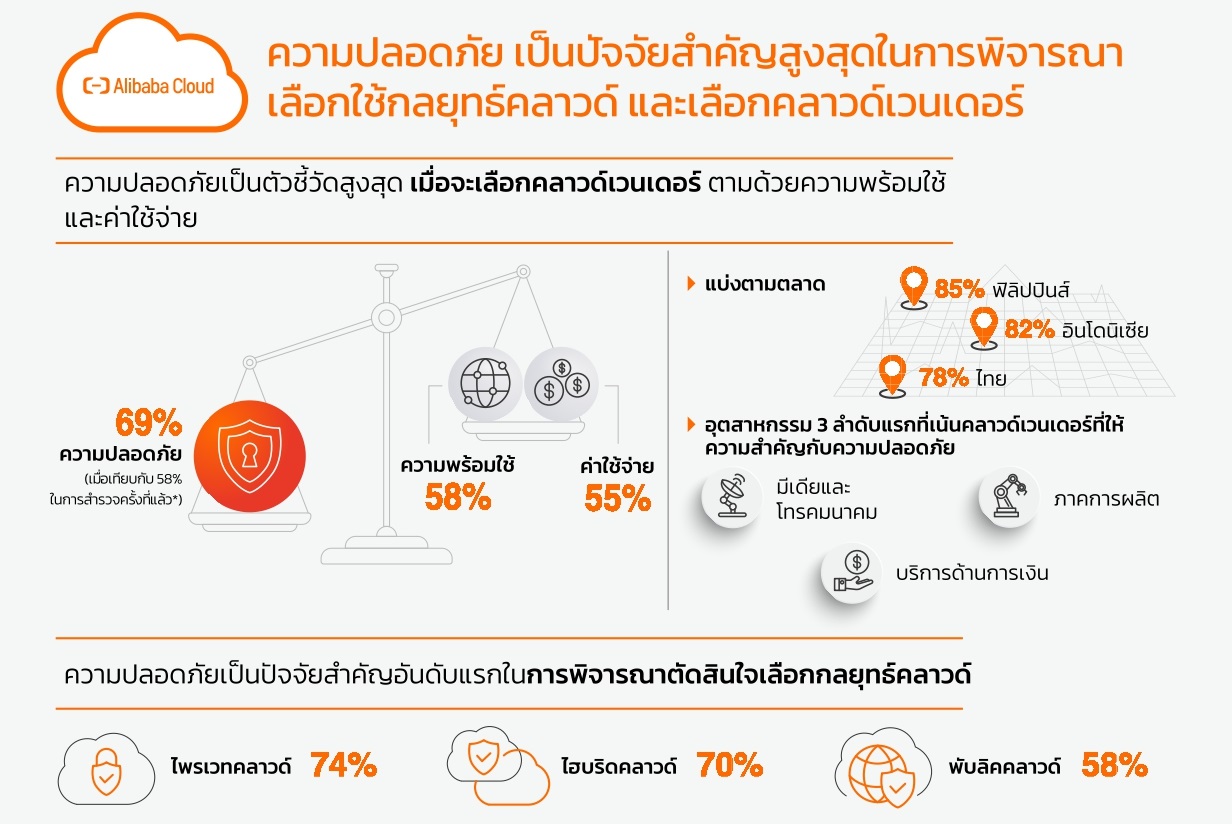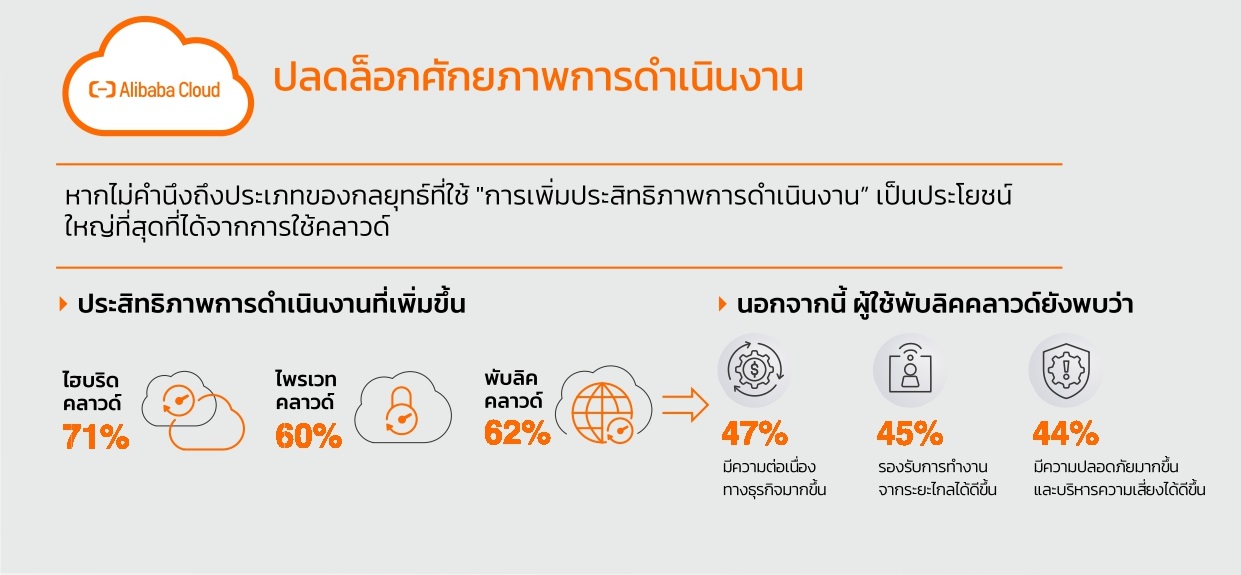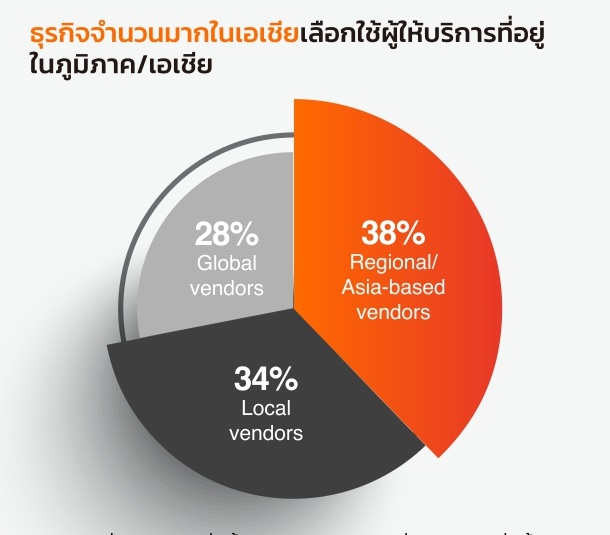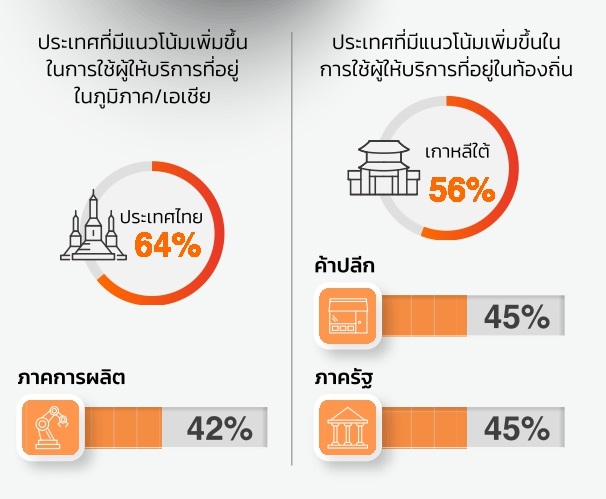Nutanix เปิดตัว Project Beacon เสริมแกร่งวิสัยทัศน์ Hybrid Multicloud Platform-as-a-Service
ตั้งเป้าให้นักพัฒนาสามารถเขียนแอปพลิเคชันเพียงครั้งเดียว สามารถนำไปใช้ได้ทุกที่
นูทานิคซ์ (NASDAQ: NTNX) ผู้นำด้านไฮบริดมัลติคลาวด์คอมพิวติ้ง ประกาศเปิดตัว Project Beacon ซึ่งเป็นหนึ่งในความมุ่งมั่นตลอดหลายปีที่ผ่านมาของบริษัทฯ ในการนำเสนอพอร์ตโฟลิโอบริการด้าน data-centric Platform as a Service (PaaS) ที่ยึดดาต้าเป็นศูนย์กลางและพร้อมใช้งานได้ทุกที่ รวมถึงบนแพลตฟอร์มของนูทานิคซ์ หรือบนเนทีฟพับลิคคลาวด์ Project Beacon สร้างจากวิสัยทัศน์ในการแยกแอปพลิเคชันและดาต้าออกจากโครงสร้างพื้นฐานหลัก โดยมีจุดมุ่งหมายเพื่อให้นักพัฒนาซอฟต์แวร์สามารถสร้างแอปพลิเคชันต่าง ๆ เพียงครั้งเดียวและนำไปใช้ได้ทุกที่
ผลสำรวจจาก Enterprise Cloud Index ระบุว่า 75% ของทีมไอทีคาดว่าภายในหนึ่งถึงสามปีข้างหน้า จะใช้โครงสร้างพื้นฐานไอทีมากกว่าหนึ่งประเภท ไม่ว่าจะเป็นระบบที่อยู่ในองค์กร บนพับลิคคลาวด์ หรือที่ edge การเคลื่อนย้ายแอปพลิเคชันไปยังสภาพแวดล้อมหนึ่ง ๆ ที่แตกต่างกันนั้น ปัจจุบันสามารถทำได้ในเลเยอร์ที่เป็นโครงสร้างพื้นฐาน อย่างไรก็ตาม บริการ PaaS ต่าง ๆ ที่องค์กรจำนวนมากใช้เพื่อช่วยให้นักพัฒนาซอฟต์แวร์สร้าง และส่งแอปพลิเคชันให้เร็วขึ้นนั้นผูกติดกับพับลิคคลาวด์ที่เจาะจง ทำให้เกิดการล็อกอิน ส่งผลให้การเคลื่อนย้ายแอปพลิเคชันไปยังสภาพแวดล้อมที่เหมาะสมกว่ามีค่าใช้จ่ายสูง ไม่ว่าจะเป็นเรื่องต้นทุน การปฏิบัติตามกฎระเบียบลาเทนซี่ หรือปัจจัยอื่น แต่ Project Beacon มีเป้าหมายที่จะทำให้ความท้าทายเหล่านี้หมดไป
นายราจีฟ รามาสวามี ประธานและซีอีโอของนูทานิคซ์ กล่าวว่า “Project Beacon คือวิสัยทัศน์ของเราที่ต้องการช่วยให้นักพัฒนาซอฟต์แวร์เขียนแอปพลิเคชันต่าง ๆ เพียงครั้งเดียว แล้วสามารถนำไปใช้ที่ใดก็ได้ เรามอบบริการ data-centric PaaS ที่ยึดดาต้าเป็นศูนย์กลาง และไม่ผูกติดกับผู้ให้บริการด้านโครงสร้างพื้นฐานไอทีรายใดรายหนึ่ง เราหวังว่าจะสามารถช่วยให้องค์กรต่าง ๆ ได้รับประโยชน์จากไฮบริดมัลติคลาวด์อย่างเต็มประสิทธิภาพ ไม่เพียงในเลเยอร์ของโครงสร้างพื้นฐานไอทีเท่านั้น แต่ยังรวมถึงเลเยอร์ของแอปพลิเคชันดาต้าด้วย”
นูทานิคซ์มุ่งให้บริการแพลตฟอร์มเซอร์วิสที่องค์กรจำนวนมากต้องใช้ ให้เป็นส่วนหนึ่งของ Project Beacon ด้วย API และคอนโซลเดียว ที่ผสานการทำงานร่วมกับ Kubernetes® container และการบริหารจัดการที่เป็นไปในทิศทางเดียวกันบนทุกสภาพแวดล้อม ชุด data-centric platform services
นี้จะมีความโดยเด่นด้วยวิธีการบริหารจัดการที่ง่ายและสอดคล้องกัน, การเคลื่อนย้ายได้แบบอัตโนมัติ, การนำไลเซนส์ไปใช้งานบนสภาพแวดล้อมต่าง ๆ, นักพัฒนาสามารถบริการตนเองได้ ทั้งยังมาพร้อมกับความปลอดภัย และการกำกับดูแลที่มีให้กับทีมปฏิบัติการด้านคลาวด์ที่ติดตั้งมาพร้อมสรรพ บริการนี้จะช่วยให้นักพัฒนาซอฟต์แวร์เข้าถึงชุดบริการ PaaS ที่ยึดดาต้าเป็นศูนย์กลางนี้ได้ ไม่ว่าจะอยู่บนเนทีฟพับลิคคลาวด์, ระบบภายในองค์กร หรือที่ edge ในเวลาเดียวกันทีมปฏิบัติงานจะสามารถคงการควบคุมและกำกับดูแลดาต้า, การปฏิบัติตามกฎระเบียบ และปกป้องข้อมูลได้อย่างเต็มที่
นายแมตต์ ฮิกส์ ประธานและหัวหน้าเจ้าหน้าที่บริหาร ของเร้ดแฮท กล่าวว่า “Red Hat OpenShift ซึ่งเป็นแพลตฟอร์ม Kubernetes ชั้นนำในอุตสาหกรรมสำหรับใช้ในองค์กร ช่วยลูกค้าสร้าง ใช้ และบริหารจัดการแอปพลิเคชันใด ณ ที่ใดก็ได้ และด้วยการเปิดตัว Project Beacon นี้ นูทานิคซ์จะสร้างพันธกิจของเราด้วยวิสัยทัศน์การให้บริการ data-centric platform services ที่มีความสม่ำเสมอ ใช้ได้ทุกที่ และเป็นการเพิ่มทางเลือกให้กับลูกค้าโอเพ่นไฮบริดคลาวด์แพลตฟอร์มของเร้ดแฮทด้วยบริการด้านดาต้าที่ล้ำหน้าของนูทานิคซ์”
บริการของนูทานิคซ์เริ่มจากบริการด้านดาต้าเบส ซึ่งเป็นรากฐานให้กับแอปพลิเคชันทั้งหมด และด้วย Project Beacon บริษัทตั้งเป้าให้ลูกค้าที่ใช้โซลูชัน Nutanix Database Service™ (NDB) ได้รับประโยชน์มากขึ้นในลักษณะ managed service บนพับลิคคลาวด์ โดยจะสร้างบนการบริหารจัดการและระบบอัตโนมัติด้านดาต้าเบสของ NDB ที่มีอยู่แล้วบน Nutanix Cloud Infrastructure (NCI) ในลักษณะ managed service บนโครงสร้างพื้นฐานเนทีฟพับลิคคลาวด์
จากนั้นนูทานิคซ์จะขยายบริการไปยัง data-centric platform services ที่ได้รับความนิยมมาก เช่น สตรีมมิง แคชชิง และเสิร์ช โดยเป้าหมายเพื่อให้บริการองค์ประกอบสำคัญทั้งหมดที่จำเป็นต้องใช้ในการสร้างแอปพลิเคชันที่ทันสมัยที่จะช่วยให้นักพัฒนาซอฟต์แวร์ไม่ต้องพึ่งพาโซลูชันที่จะล็อกพวกเขาไว้กับโครงสร้างพื้นฐานไอทีเดียว
Dave Pearson, IDC RVP for Infrastructure Systems, Platforms and Technologies กล่าวว่า “องค์กรต่าง ๆ ต้องพึ่งพาบริการพับลิคคลาวด์เพื่อเร่งการพัฒนาและสร้างนวัตกรรมให้เร็วขึ้น แต่ก็ต้องแลกมาด้วยความซับซ้อน, ค่าใช้จ่าย, การล็อกอิน และอื่น ๆ อีกมากนูทานิคซ์ตั้งเป้าให้ Project Beacon ลดการล็อกอินและเพิ่มความเรียบง่ายในการพัฒนาแอปพลิเคชันผ่านการจัดการแบบรวมศูนย์ การเคลื่อนย้ายอัตโนมัติ และความสามารถในการเขียนแอปพลิเคชันเพียงครั้งเดียวให้สามารถนำไปใช้ได้ตามต้องการบนโครงสร้างพื้นฐานที่เหมาะสม”




